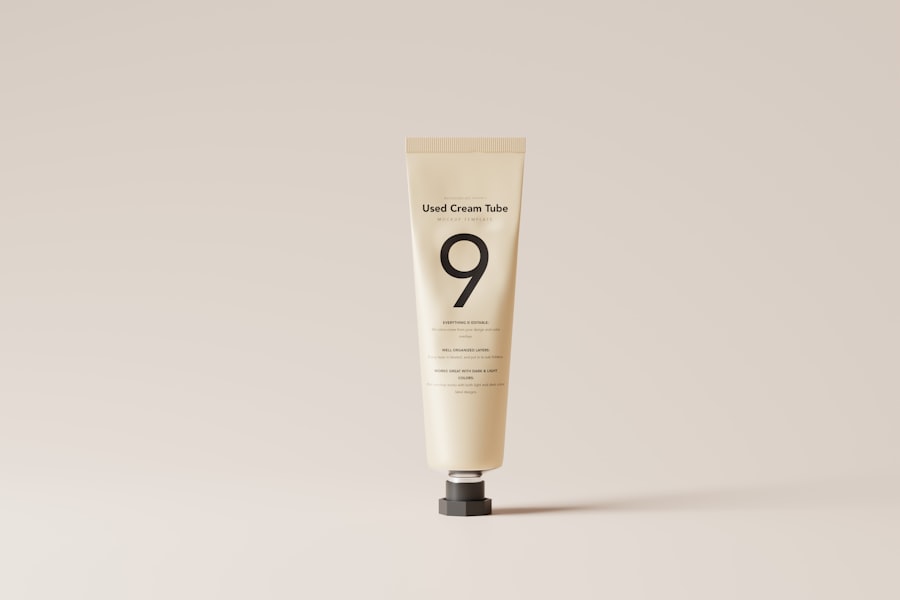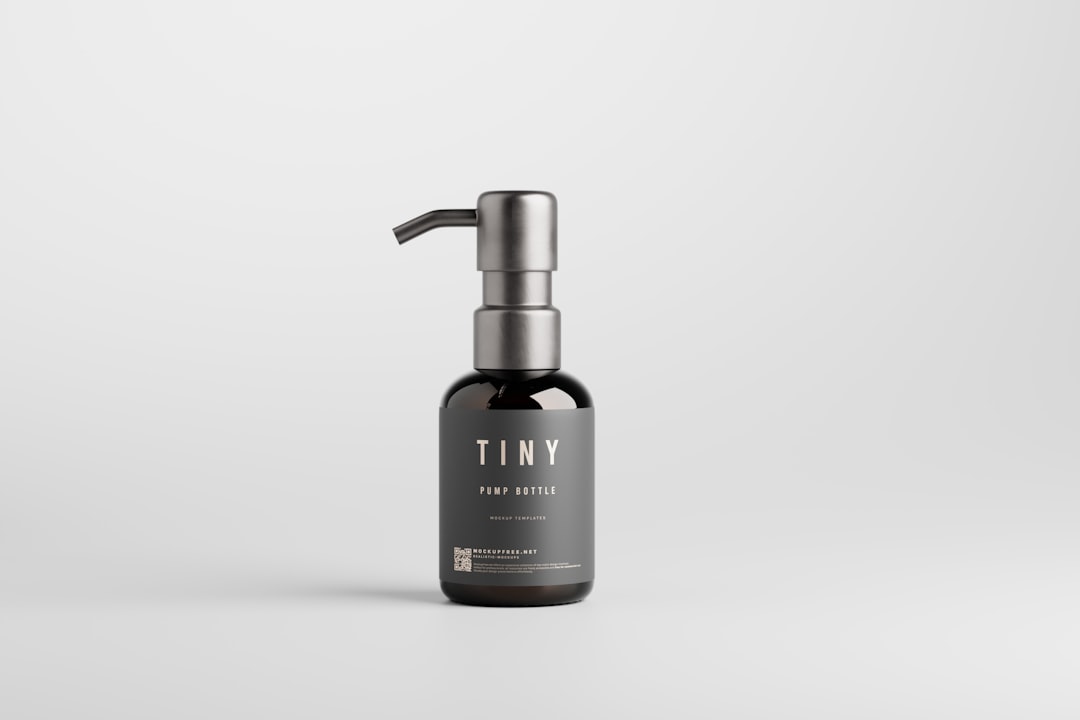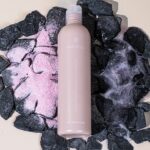Post-treatment care is a crucial aspect of any cosmetic or medical procedure you undergo. It serves as the bridge between the treatment itself and the desired results, ensuring that your skin or hair can heal properly and that you achieve the best possible outcome. After undergoing a procedure, your body needs time to recover, and how you care for yourself during this period can significantly influence the results.
By prioritizing post-treatment care, you not only enhance the effectiveness of the treatment but also minimize the risk of complications. You may find that your skin or hair requires specific attention after a procedure. This is because treatments can leave your skin sensitive or your hair follicles vulnerable.
Understanding the importance of post-treatment care means recognizing that your actions during this time can either support healing or hinder it. By following recommended guidelines, you can help your body restore itself more efficiently, leading to improved results and a more satisfying experience overall.
Key Takeaways
- Post-treatment care is crucial for optimal results and to minimize potential complications
- Managing discomfort and side effects is important for a smooth recovery process
- Protecting treated areas from sun exposure is essential to prevent damage and maintain results
- Maintaining hygiene and moisture helps promote healing and prevent infections
- Avoiding irritants and harsh chemicals can prevent irritation and complications in treated areas
Managing Discomfort and Side Effects
Experiencing discomfort or side effects after a treatment is not uncommon, and knowing how to manage these sensations is essential for your comfort and peace of mind.
It’s important to remember that these reactions are often temporary and part of the healing process.
However, having strategies in place to alleviate discomfort can make a significant difference in your recovery experience. You might consider using cold compresses to reduce swelling or over-the-counter pain relievers to manage any discomfort. Always consult with your healthcare provider before taking any medication to ensure it’s appropriate for your situation.
Additionally, keeping the treated area clean and avoiding excessive movement can help minimize irritation. By being proactive in managing discomfort, you can focus on healing rather than worrying about how you feel.
Protecting Treated Areas from Sun Exposure
One of the most critical aspects of post-treatment care is protecting treated areas from sun exposure. Your skin may be particularly sensitive after a procedure, making it more susceptible to damage from UV rays. Sun exposure can lead to complications such as hyperpigmentation, prolonged redness, or even scarring.
Therefore, it’s vital to take protective measures seriously to safeguard your skin’s health and appearance. You should consider wearing broad-spectrum sunscreen with a high SPF whenever you step outside, even on cloudy days. Reapplying sunscreen every two hours is essential, especially if you’re sweating or swimming.
Additionally, wearing protective clothing, such as wide-brimmed hats and long sleeves, can provide an extra layer of defense against harmful rays. By being diligent about sun protection, you can help ensure that your skin heals properly and maintains its desired appearance.
Maintaining Hygiene and Moisture
| Category | Metric | Value |
|---|---|---|
| Maintaining Hygiene and Moisture | Handwashing frequency | 5 times a day |
| Maintaining Hygiene and Moisture | Moisturizing frequency | Twice a day |
| Maintaining Hygiene and Moisture | Hydration level | 8 glasses of water per day |
Maintaining hygiene and moisture in treated areas is another fundamental aspect of post-treatment care. Keeping the area clean helps prevent infections, while adequate moisture supports healing and reduces dryness or irritation. You should follow any specific cleansing instructions provided by your healthcare professional, as these guidelines are tailored to your individual needs.
Incorporating gentle cleansers into your routine can help maintain hygiene without stripping your skin of its natural oils. After cleansing, applying a suitable moisturizer can keep the area hydrated and promote healing. Look for products that are fragrance-free and formulated for sensitive skin to avoid any potential irritation.
By prioritizing hygiene and moisture, you create an optimal environment for recovery and enhance the overall results of your treatment.
Avoiding Irritants and Harsh Chemicals
After undergoing a treatment, it’s crucial to avoid irritants and harsh chemicals that could compromise your skin’s healing process. Many common skincare products contain ingredients that may cause irritation or allergic reactions, especially on recently treated skin. Being mindful of what you apply to your skin can significantly impact your recovery and the final results.
You should steer clear of products containing alcohol, fragrances, or strong exfoliants for at least a few weeks post-treatment. Instead, opt for gentle formulations that are specifically designed for sensitive skin. If you’re unsure about a product’s suitability, consult with your healthcare provider for recommendations tailored to your situation.
By avoiding irritants and harsh chemicals, you can help ensure that your skin remains calm and conducive to healing.
Monitoring and Reporting Any Unusual Reactions

Monitoring your skin or hair after treatment is essential for identifying any unusual reactions that may arise. While some side effects are expected, being vigilant about changes in your condition can help you catch potential complications early on. You should familiarize yourself with what constitutes normal healing versus signs of concern so that you can take appropriate action if needed.
If you notice any unusual symptoms—such as excessive swelling, persistent redness, or signs of infection like pus or increased pain—it’s important to report these to your healthcare provider promptly. They can assess the situation and provide guidance on how to proceed. By being proactive in monitoring your condition and reporting any concerns, you contribute to a smoother recovery process and ensure that any issues are addressed quickly.
Following Up with Additional Sessions and Maintenance
Many cosmetic treatments require follow-up sessions or maintenance appointments to achieve optimal results.
Whether it’s laser hair removal, chemical peels, or other procedures, adhering to the recommended schedule can significantly enhance your outcomes.
You should discuss with your provider how many sessions are necessary for your specific treatment and what maintenance looks like afterward. Some treatments may require periodic touch-ups to maintain results over time. By committing to follow-up appointments and maintenance sessions, you not only preserve the benefits of your initial treatment but also demonstrate a commitment to long-term care for your skin or hair.
Long-Term Skin Care and Hair Maintenance
Long-term skin care and hair maintenance are vital components of post-treatment care that extend well beyond the initial recovery phase. Once you’ve completed your treatment plan, establishing a consistent skincare routine tailored to your needs will help maintain the results you’ve achieved. This may include using specific products designed for your skin type or addressing any ongoing concerns such as dryness or sensitivity.
In addition to skincare, maintaining healthy hair requires attention as well. This could involve using sulfate-free shampoos, regular conditioning treatments, and protecting your hair from environmental stressors like heat styling or harsh weather conditions. By investing time in long-term care for both your skin and hair, you ensure that the benefits of your treatments last as long as possible while promoting overall health and vitality.
In conclusion, understanding post-treatment care is essential for anyone undergoing cosmetic or medical procedures. By managing discomfort, protecting treated areas from sun exposure, maintaining hygiene and moisture, avoiding irritants, monitoring reactions, following up with additional sessions, and committing to long-term care, you set yourself up for success in achieving beautiful results. Your dedication to these practices will not only enhance the effectiveness of your treatments but also contribute to a healthier relationship with your skin and hair in the long run.
After undergoing laser hair removal treatment, it is important to follow proper post-treatment care to ensure optimal results. One helpful article on post-treatment care can be found at this link. This article provides valuable tips and guidelines on how to care for your skin after laser hair removal, including avoiding sun exposure, using gentle skincare products, and staying hydrated. By following these recommendations, you can help maintain the effectiveness of your treatment and achieve smooth, hair-free skin. For more information on laser hair removal treatments or to schedule a consultation, you can visit the website’s contact page.
FAQs
What is post-treatment care after laser hair removal?
Post-treatment care after laser hair removal refers to the steps and precautions that should be taken after undergoing a laser hair removal procedure to ensure proper healing and optimal results.
Why is post-treatment care important after laser hair removal?
Post-treatment care is important after laser hair removal to minimize the risk of complications, promote healing, and maximize the effectiveness of the treatment.
What are some common post-treatment care guidelines for laser hair removal?
Common post-treatment care guidelines for laser hair removal may include avoiding sun exposure, using gentle skincare products, avoiding hot showers and baths, and avoiding activities that may irritate the treated area.
How long does post-treatment care after laser hair removal typically last?
Post-treatment care after laser hair removal typically lasts for a few days to a few weeks, depending on the individual’s skin type, the area treated, and the specific instructions provided by the laser hair removal technician.
What are some potential side effects of laser hair removal and how can post-treatment care help minimize them?
Potential side effects of laser hair removal may include redness, swelling, and mild discomfort. Proper post-treatment care, such as keeping the treated area clean and moisturized, can help minimize these side effects and promote healing.






